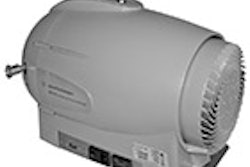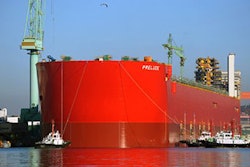This article originally ran in the June 2013 issue of Food Manufacturing.
The Food Manufacturing Brainstorm features industry experts sharing their perspectives on issues critical to the overall food industry marketplace. In this issue, we ask: What plant sanitation techniques can food processors employ to improve food safety in their facilities?
A key aspect in producing microbiologically safe food is to create and defend a clean environment for processing operations. This is especially important for processors who are producing a fresh cut or RTE product that will be going directly from the production space to the consumer’s plate without any additional pathogen reduction steps such as cooking.
Most processors are well aware of the need to thoroughly clean and sanitize their production spaces between each day’s production. However, it’s easy to overlook procedures that can be implemented to limit the entry of pathogens into the processing area during the production day.
For example, one area that is frequently overlooked or neglected is the potential for pathogens to be transported from outside the building or from dirty areas of the plant to clean areas via the soles of workers’ boots, or on the wheels of forklifts and carts. Where possible, forklifts and carts should be designated for use in clean sides or dirty sides only, and the movement of personnel from one side to the other controlled. Access to the clean areas should also be controlled for the minimum number of openings needed for production and to allow for safe and speedy egress of all employees in the event of an emergency.
In addition, these entryways should be protected with entryway sanitizers, doorway foamers and automatic boot scrubbers that are adequately supplied with the appropriate chemical products and installed in a manner that prevents bypassing or avoiding this important protective barrier.























